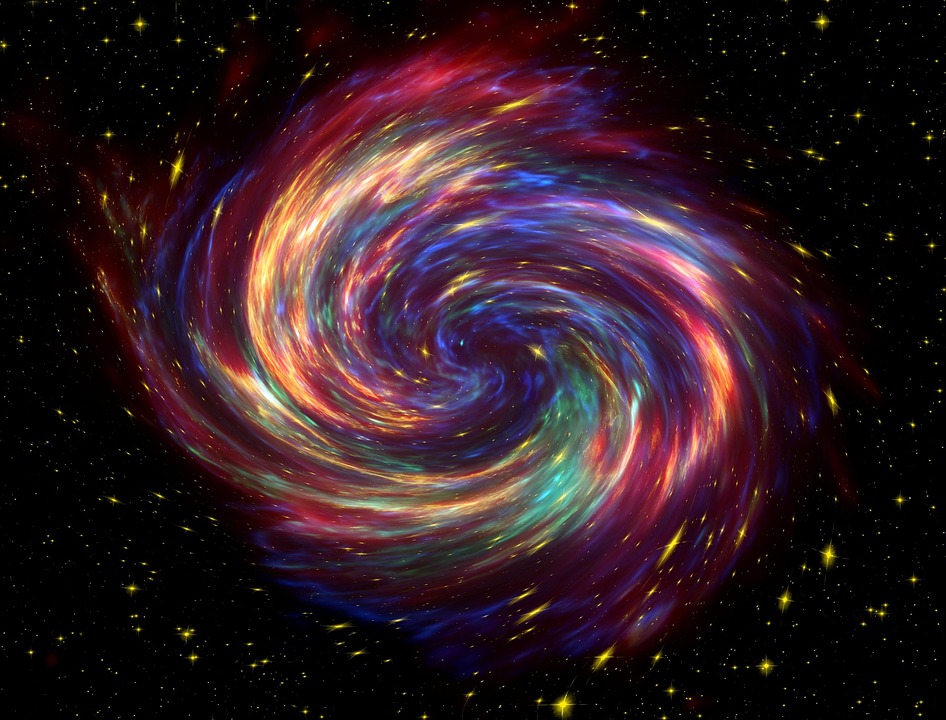Any space phenomena, from planet formation to a star dying, usually takes place in a span of hundreds, thousands, even millions of years rather than in a single moment. NASA and ESA’s Hubble Space Telescope managed to capture a supernova shockwave from a star that exploded 20,000 years prior.
Express reports the Hubble photographed what was left of a supernova explosion found in the Cygnus the Swan constellation 2,400 light-years away from Earth. The explosion took place 20,000 years prior yet the shockwaves from the blast are still running through space. The supernova was caused by a star that measures 20 times bigger than the Sun.
“While appearing as a light and delicate veil draped across the sky, this image from the NASA/ESA Hubble Space Telescope actually depicts a small section of the Cygnus supernova blast wave, located around 2,400 light-years away. The name of the supernova remnant comes from its position in the northern constellation Cygnus (the swan), where it covers an area 36 times larger than the Full Moon. The original supernova blasted apart a dying star about 20 times more massive than our Sun between 10,000 and 20,000 years ago,” said the ESA.
Since then, the supernova shockwaves have expanded to 352,717,520,000,000 miles. The ESA reveals that the shockwaves are still expanding at a rate of 220 miles per second.
Previously, NASA’s Orbiting Geophysics Observatory 1 spacecraft or OGO-1 that first launched back in 1964, died out over the weekend after a 56-year orbit around the planet. It collected data as it orbited the Earth for five years since its launch until 1969 and by 1971 was decommissioned. However, despite being decommissioned, it continued orbiting the Earth until today.
NASA revealed in a statement that even as the satellite is about to make its way back to Earth, it will not pose a threat. The satellite was predicted to make a landing on August 29 on the South Pacific somewhere between the Tahiti and Cook Islands.
The announcement of OGO-1’s return follows news of NASA’s Space Launch System Rocket costing 30 percent more than what was expected.



 Astronomers have discovered another puzzling interstellar object − this third one is big, bright and fast
Astronomers have discovered another puzzling interstellar object − this third one is big, bright and fast  Cogent Biosciences Soars 120% on Breakthrough Phase 3 Results for Bezuclastinib in GIST Treatment
Cogent Biosciences Soars 120% on Breakthrough Phase 3 Results for Bezuclastinib in GIST Treatment  NASA Faces Major Workforce Reduction as 20% of Employees Prepare to Leave
NASA Faces Major Workforce Reduction as 20% of Employees Prepare to Leave  SpaceX Starship Explodes in Texas During Test, Citing Nitrogen Tank Failure
SpaceX Starship Explodes in Texas During Test, Citing Nitrogen Tank Failure  NASA Astronauts Wilmore and Williams Recover After Boeing Starliner Delay
NASA Astronauts Wilmore and Williams Recover After Boeing Starliner Delay  Blue Origin’s New Glenn Achieves Breakthrough Success With First NASA Mission
Blue Origin’s New Glenn Achieves Breakthrough Success With First NASA Mission  Trump Signs Executive Order to Boost AI Research in Childhood Cancer
Trump Signs Executive Order to Boost AI Research in Childhood Cancer  Trump and Merck KGaA Partner to Slash IVF Drug Costs and Expand Fertility Coverage
Trump and Merck KGaA Partner to Slash IVF Drug Costs and Expand Fertility Coverage  Neuralink Expands Brain Implant Trials with 12 Global Patients
Neuralink Expands Brain Implant Trials with 12 Global Patients  Is space worth the cost? Accounting experts say its value can’t be found in spreadsheets
Is space worth the cost? Accounting experts say its value can’t be found in spreadsheets  CDC Vaccine Review Sparks Controversy Over Thimerosal Study Citation
CDC Vaccine Review Sparks Controversy Over Thimerosal Study Citation  Trump Administration to Launch Autism Initiatives Targeting Acetaminophen Use and New Treatment Options
Trump Administration to Launch Autism Initiatives Targeting Acetaminophen Use and New Treatment Options 































